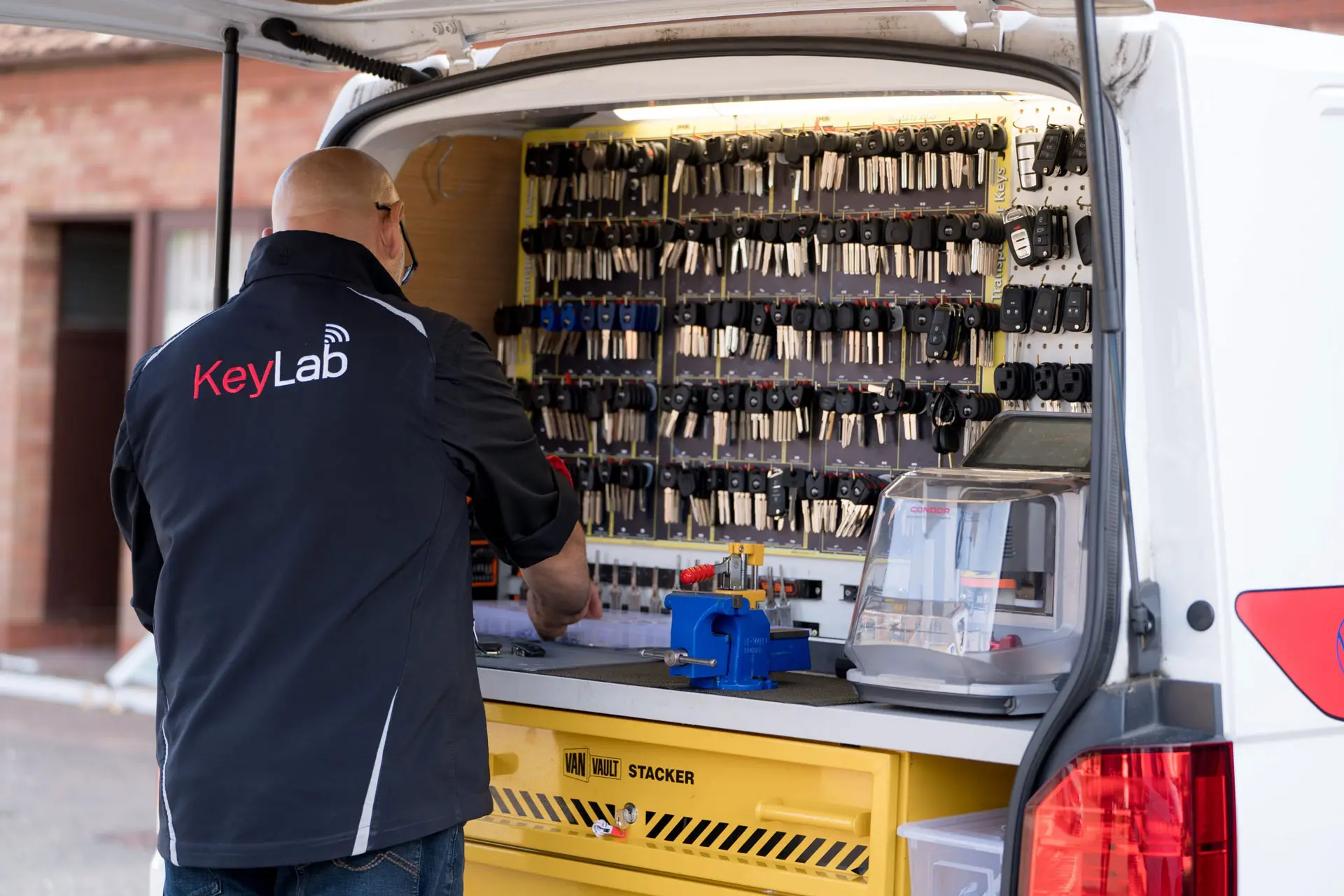Understanding Car Key Transponder Programming
In today's automotive landscape, the integration of sophisticated innovation has become associated with vehicle security. One of the most significant developments in this location is the introduction of transponder keys. Car key transponder programming is an essential procedure that ensures lorries are secure from unauthorized gain access to while providing convenience to owners. This article explores what transponder keys are, how they work, the programming procedure, and responses to some often asked concerns.
What is a Transponder Key?
A transponder key is a type of ignition key which contains a small embedded microchip. This chip interacts with the vehicle's immobilizer system. Transponder keys are designed to enhance vehicle security by avoiding hot-wiring and unapproved engine begins.
Key Features of Transponder Keys:
- Embedded Microchip: Each key contains an unique code that represents the vehicle's ignition system.
- Immobilizer System: This system acknowledges the key's distinct code and enables the engine to start only if the proper key is utilized.
- Enhanced Security: Transponder keys are substantially harder to duplicate than traditional keys, decreasing the risk of theft.
How Transponder Keys Work
Transponder keys run on a simple principle of radio frequency identification (RFID). When the key is inserted into the ignition or brought near the vehicle, the following series occurs:
- Signal Transmission: The vehicle's ignition system sends out a radio signal to the transponder key.
- Code Response: The embedded chip in the key gets this signal, activates, and returns its unique code.
- Verification: The vehicle's computer system confirms the received code. If it matches the stored code, the engine will start; if not, the engine remains incapacitated.
Advantages of Transponder Technology:
- Improved theft prevention.
- Benefit of keyless vehicle beginning (in some systems).
- Minimized expenses associated to insurance coverage premiums due to improved security procedures.
The Car Key Transponder Programming Process
Programming a car key transponder is a vital action that enables a brand-new key to communicate with the vehicle's immobilizer system. The process can vary based on the make and design of the car however typically consists of the following steps:
Steps Involved in Transponder Key Programming:
- Obtain a New Transponder Key: Owners must initially get a blank transponder key suitable with their vehicle.
- Gain Access To the OBD-II Port: For modern vehicles, programming generally requires an On-Board Diagnostics (OBD-II) scanner that links to the OBD-II port.
- Turn on the Ignition: The ignition should be turned to the "On" position without starting the engine. This permits the system to recognize that a brand-new key is to be configured.
- Follow Programming Procedure: Depending on the vehicle, follow the particular programming steps provided by the manufacturer, generally laid out in the owner's handbook. This may include pushing particular buttons in a specific order.
- Evaluate the Key: After programming, it's necessary to test the key by attempting to start the engine. If immobilizer key repair , the key is correctly set.
Tips for Successful Programming:
- Consult an expert locksmith or dealer for intricate programming procedures.
- Guarantee battery levels in the key fob and vehicle are enough.
- Follow the instructions carefully to avoid mistakes.
Typical Issues with Transponder Key Programming
Despite the apparently straightforward procedure, numerous issues may emerge throughout programming. Below are some typical difficulties:
- Key Compatibility: Using an incompatible key can lead to programming failures.
- Faulty Equipment: A malfunctioning OBD-II scanner might avoid access to the programming menu.
- Weak Key Batteries: Insufficient power in the key fob can interrupt communication.
Regularly Asked Questions (FAQs)
1. Can I program my transponder key myself?
While lots of vehicles permit DIY programming, some designs require specific equipment or software application. If unsure, it's best to seek advice from a professional locksmith or your vehicle dealership.
2. What if I lose my transponder key?
If a transponder key is lost, it's advisable to get in touch with a certified automotive locksmith or your dealership for a replacement. They can set a brand-new key based upon your vehicle's VIN (Vehicle Identification Number).
3. Just how much does it cost to set a transponder key?
The cost differs widely, depending on the vehicle make and model, and whether you choose to go through a dealership or a locksmith. Prices typically range from ₤ 50 to ₤ 150.
4. What occurs if my transponder key stops working?
If your transponder key stops working all of a sudden, it could be due to a dead battery or concerns with the vehicle's immobilizer system. It's suggested to have both the key and the vehicle checked by a professional.
5. How typically should I replace transponder key batteries?
Transponder key batteries ought to be replaced every 2 to 3 years, though this can differ based upon usage. Signs of a passing away battery include problem beginning the vehicle or the key fob not working at all.
Car key transponder programming is an essential process for modern-day vehicle security and benefit. Understanding how transponder keys function and how they are programmed can empower vehicle owners to manage their vehicle security efficiently. As technology continues to evolve, staying notified about these advancements will help owners protect their assets and ensure their vehicles operate smoothly.
Summary Table: Key Features of Transponder Keys
| Function | Description |
|---|---|
| Embedded Microchip | Contains an unique code for vehicle identification |
| Immobilizer System | Prevents unauthorized engine starts |
| Boosted Security | Challenging to duplicate compared to traditional keys |
With improvements in innovation, the significance of understanding and efficiently handling car key transponder systems can not be overstated. Improved vehicle security not only secures your financial investment however likewise ensures comfort on the roads.

